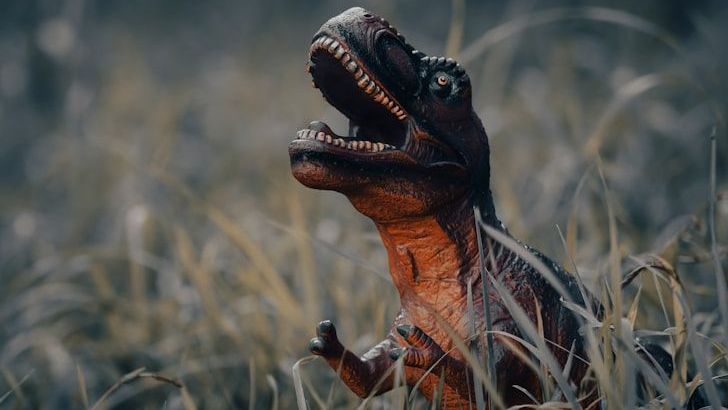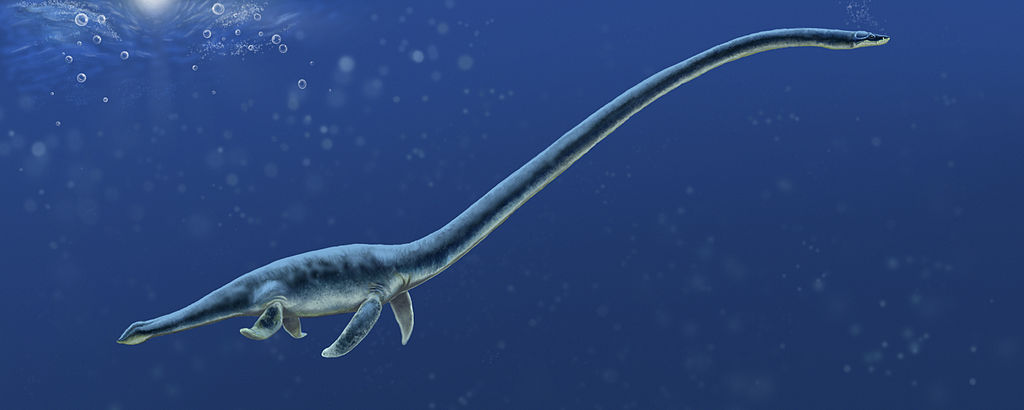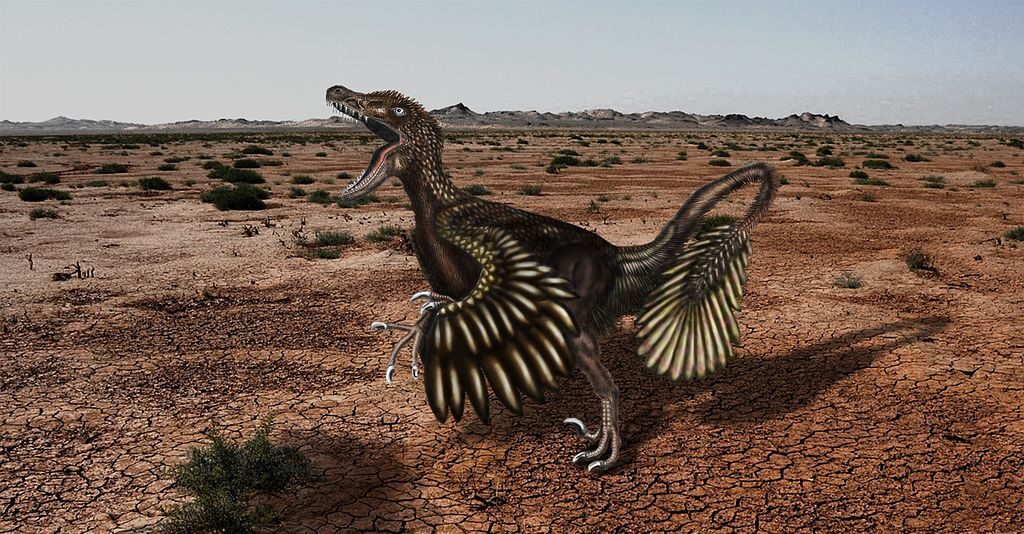Imagine meeting a young Tyrannosaurus rex not in a museum, but in the flesh. Forget everything you think you know about this legendary predator. The truth about juvenile T. rex is far more fascinating than Hollywood ever dared to portray.
Picture a creature roughly the size of a modern-day horse, but built like a feathered racing machine. These weren’t the bone-crushing giants we know from movies. Young T. rex were sleek, agile, and surprisingly fuzzy. They lived in a world where survival meant speed, cunning, and a completely different hunting strategy from their massive adult counterparts.
A Turkey-Sized Terror
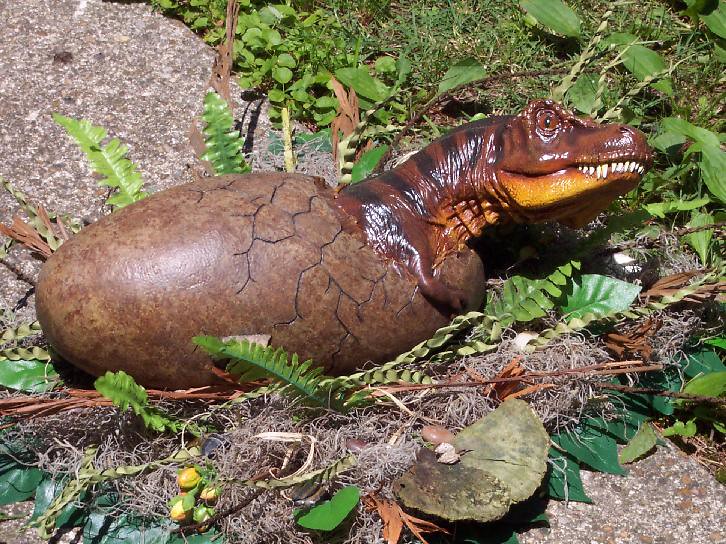
T. rex hatchlings were about the size of small dogs, with “arms” that were longer in proportion to their tiny bodies than in adults. These baby dinosaurs emerged from eggs that scientists estimate were roughly seventeen inches long. Standing just three feet from snout to tail, they were surprisingly vulnerable creatures in a dangerous world.
The proportions of these youngsters were dramatically different from their parents. In T. rex hatchlings, the proportions of their arms were a much better match to their body size, which means that very young T. rexes may have been able to use their arms to grasp prey, as other small tyrannosaurs likely did. Unlike the famously tiny arms of adults, juvenile T. rex could actually use their forelimbs for hunting and survival.
The Fuzzy Truth About Baby T. rex
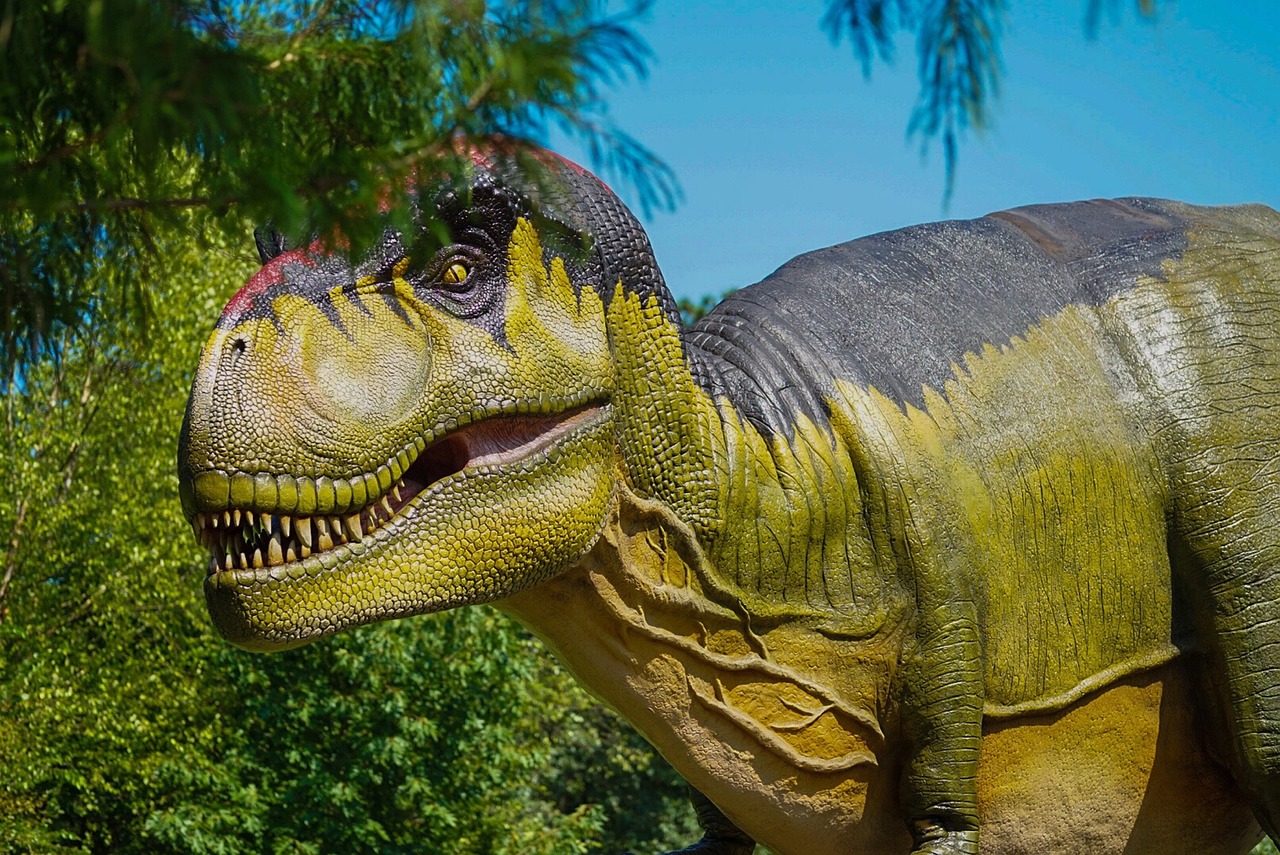
Baby T. rex may have been covered in a coat of downy feathers. This might shatter your mental image of scaly, reptilian monsters. Young tyrannosaurs were covered in primitive, downy feathers or “protofeathers.” These weren’t flight feathers like those of modern birds, but simpler, hair-like structures that provided insulation and camouflage.
Its teeth, though present, were likely needle-sharp and not yet the bone-shattering instruments of destruction they would become. These fluffy predators looked more like deadly oversized chicks than the monsters of our nightmares. The feathers served multiple purposes beyond just keeping them warm, likely helping with camouflage among the ferns and cycads of their ancient world.
Built for Speed, Not Crushing
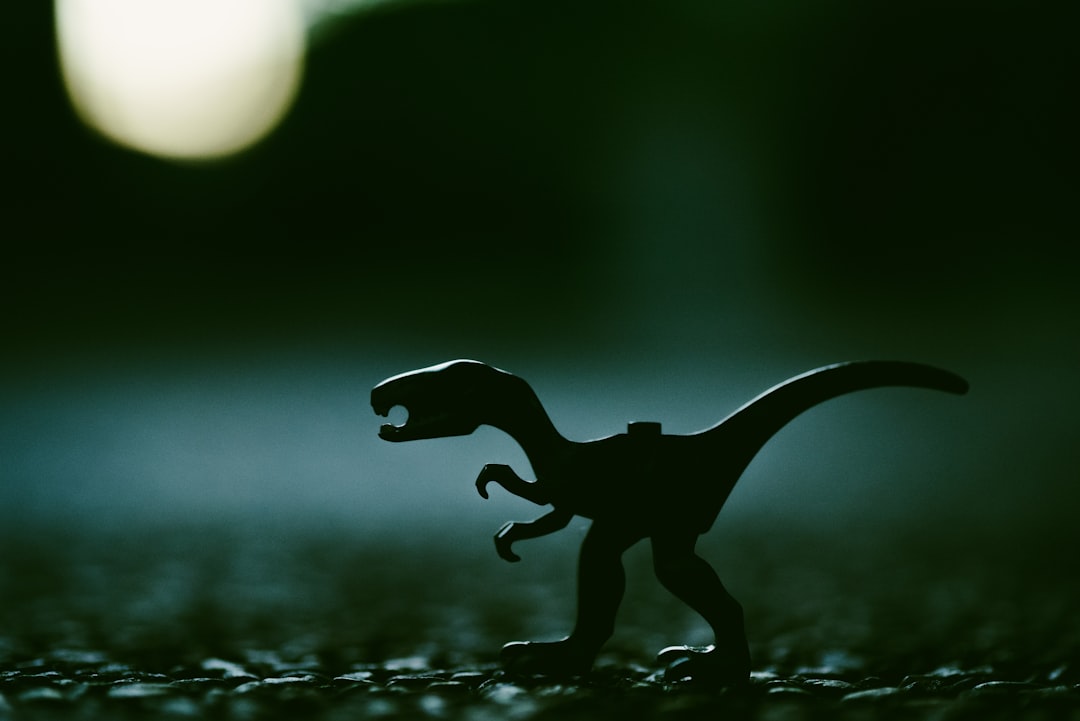
Unlike the large-headed and bulky adults, juvenile T. rex’s were different with smaller, slender heads, long legs and thinner and more blade-like teeth. Their body design was perfectly suited for a different lifestyle entirely. The longer limbs and more slender bodies meant that juveniles could run much faster than the adults, while the smaller skulls and bladed teeth imply that they did not crush bone like the adults.
These young T-rexes in some respects are even more terrifying than the adults, because the adults were relatively slow-moving and slower to turn, but these young T-rexes were very quick. Think of them as the cheetahs of the Cretaceous period, built for pursuit rather than brute force.
Miniature Steak Knives for Teeth
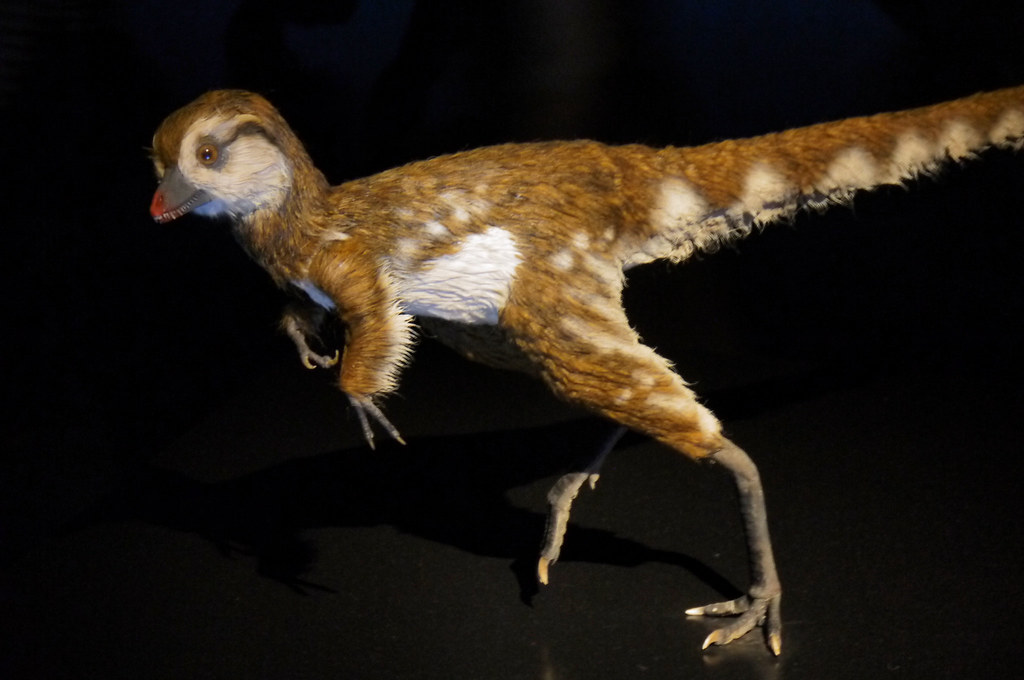
Juvenile T. rex teeth would have been much more like a lot of other carnivorous dinosaurs, little miniature steak knives on the side of the skull, as opposed to big bone-crushers. These razor-sharp teeth were perfectly designed for slicing through flesh, not pulverizing bones like their adult relatives.
It also had thin, bladelike side teeth, unlike the thick teeth of an adult T. rex, indicating a very different diet. Insects and small lizards would have been likely prey. The dental equipment of young T. rex tells a story of precision hunting rather than the overwhelming force their parents would later employ.
A Completely Different Hunting Strategy
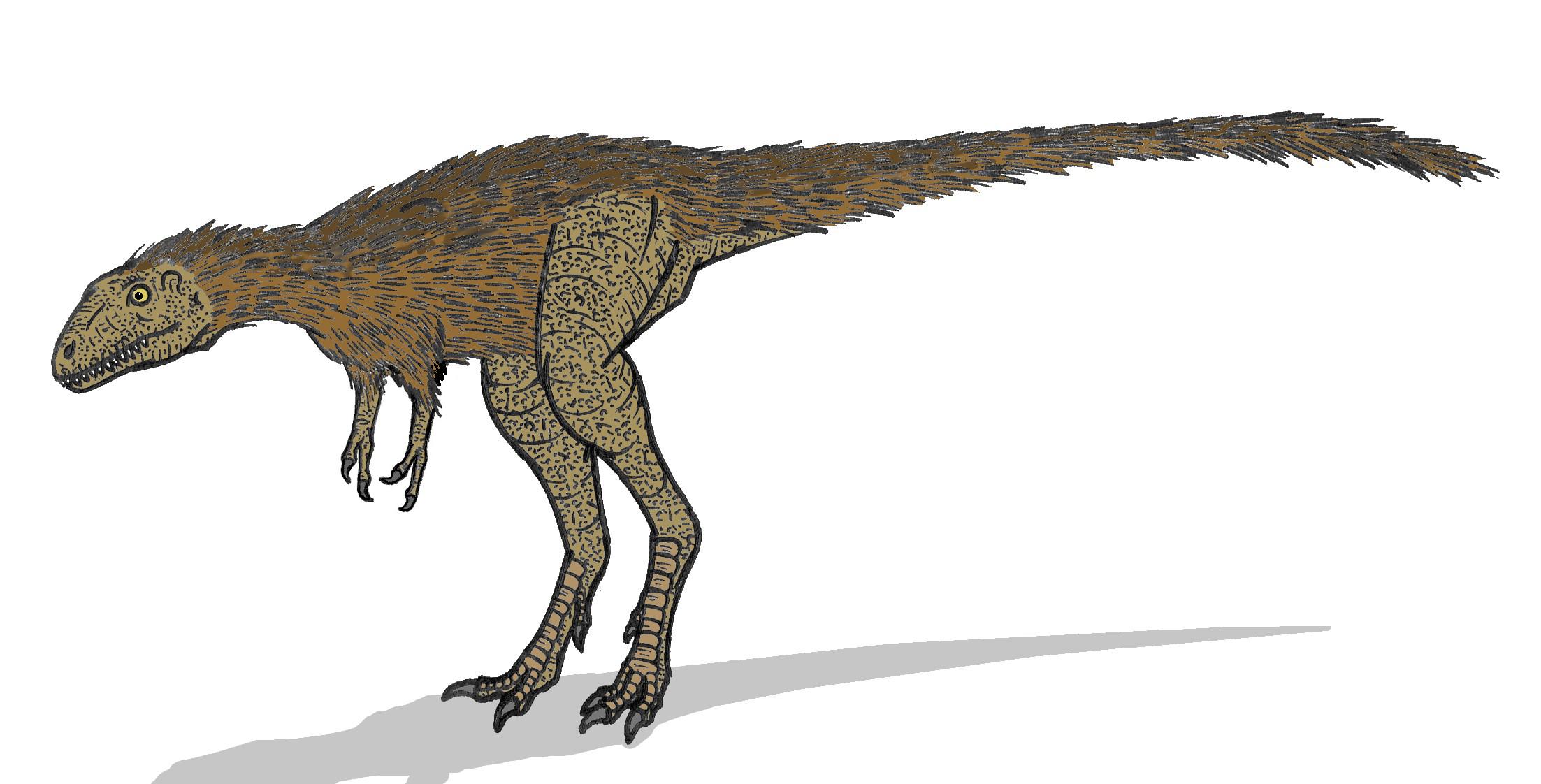
Juvenile T. rex probably hunted smaller and faster prey than adults, much like juvenile Komodo dragons do today. Their hunting style was probably more of an attack and retreat, attack and retreat, whereas the adults would just basically wade right into battle and chomp down on their prey.
Juvenile individuals may have hunted small and young dinosaurs until they reached a size when, to satisfy energy requirements, they transitioned to feeding on dinosaurian megaherbivores. Tyrannosaurids occupied both mesopredator and apex predator roles during their life span, a factor that may have been key to their evolutionary success. This dual lifestyle allowed them to avoid competing directly with their own parents for food.
Growing Up Fast in a Dangerous World
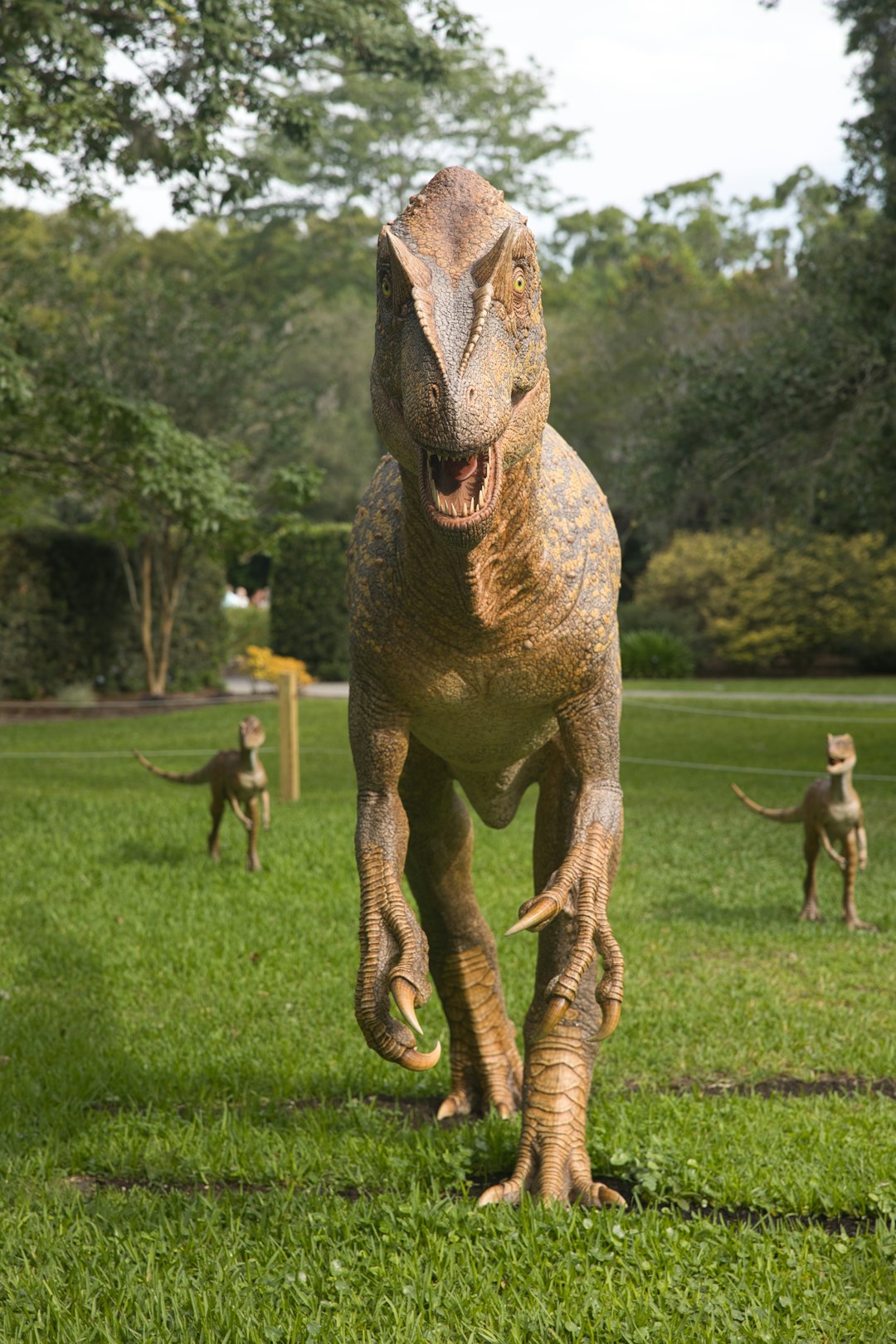
A T. rex growth curve is S-shaped, with juveniles remaining under 1,800 kg (4,000 lb) until approximately 14 years of age, when body size began to increase dramatically. During this rapid growth phase, a young T. rex would gain an average of 600 kg (1,300 lb) a year for the next four years.
Just before turning 13, “when T. rex was young, the skull was very long and low, [with] fairly narrow teeth,” Carr said. “These animals are about 21 feet [6.4 meters] long.” During their rapid growth, juveniles would gain about 6 lbs. (3 kg) per day for 13 years. This incredible growth rate meant that survival through the teenage years was absolutely critical.
The Great Transformation
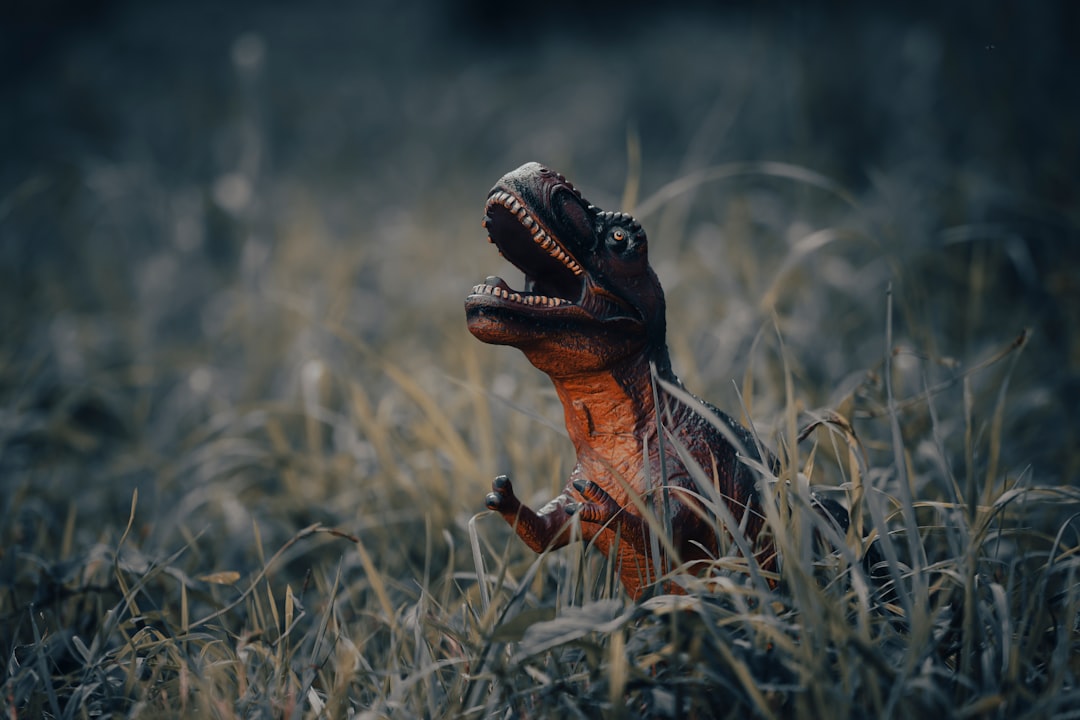
Sometime between age 13 and 15, “everything changes,” Carr said. “In a span of two years, the entire head and jaw deepen, the teeth get thick and basically they now look like T. rex.” This dramatic metamorphosis transformed the sleek, feathered hunters into the bone-crushing giants we know.
A young T. rex would keep these feathers as it continued to grow, but by the time it reached full maturity, around 20 years old, the predator likely maintained display plumage only on its head and tail. The transition from fuzzy speedster to scaly powerhouse represents one of the most dramatic transformations in the animal kingdom.
Solving the Mystery of Niche Partitioning
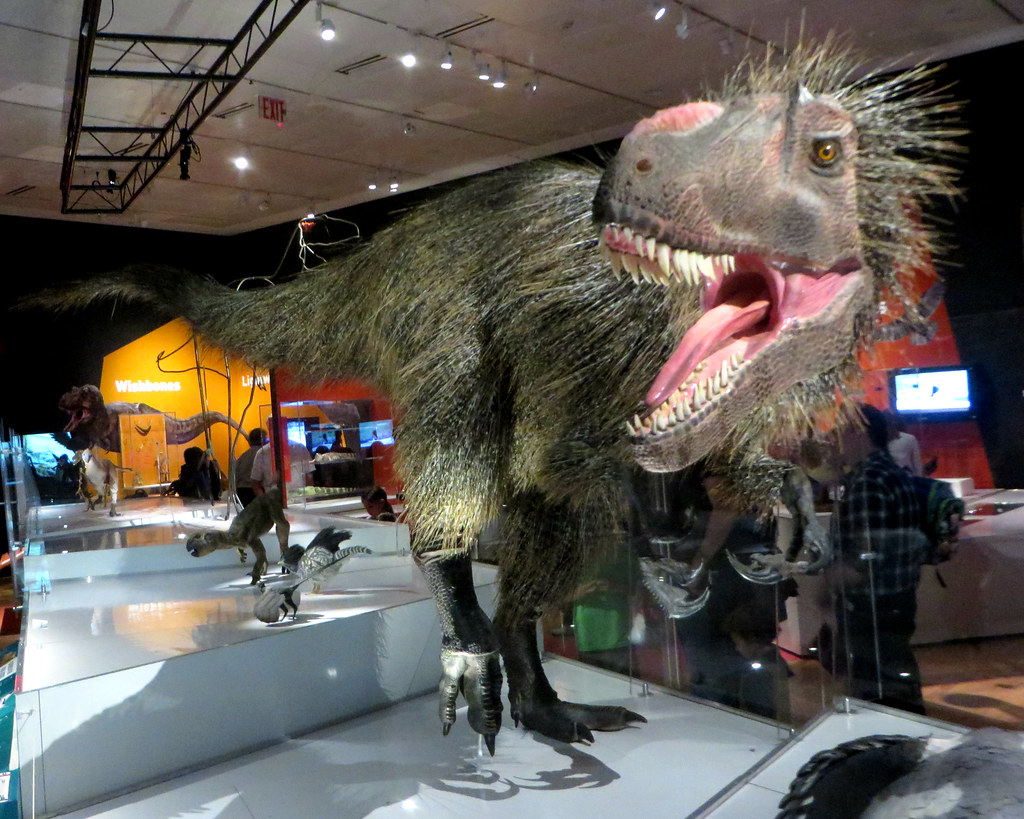
With different bodies and teeth, hatchlings and juveniles would have occupied different niches in their ecosystem along the way, with their diets changing as they grew, much like animals do today. This ecological strategy prevented young T. rex from competing directly with their parents, allowing multiple generations to coexist in the same territory.
Late-stage juvenile and subadult tyrannosaurs were already utilizing the same large-bodied food sources as adults despite lacking the bone-crushing abilities of adults. Even as they began to hunt larger prey, they used finesse rather than brute force, demonstrating the remarkable adaptability that made tyrannosaurs so successful.
Young T. rex challenges everything we thought we knew about these iconic predators. They were feathered, fast, and utterly different from their adult selves. This dramatic life transformation helped tyrannosaurs dominate their ecosystems for millions of years, occupying multiple ecological niches within a single species. What do you think about these fluffy, speed-demon teenagers ruling the Cretaceous? Tell us in the comments.

